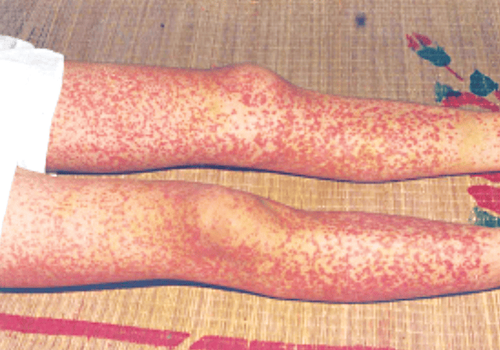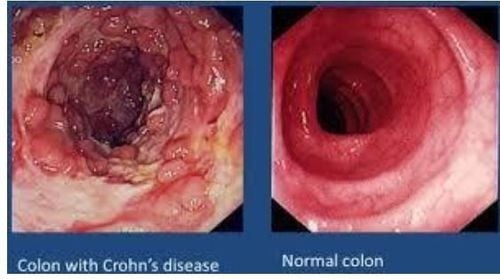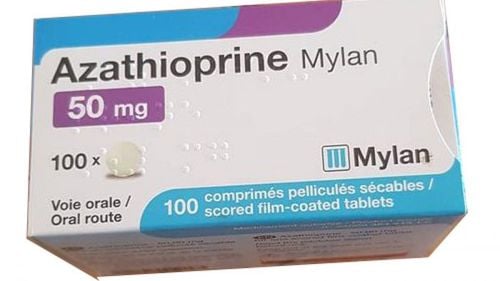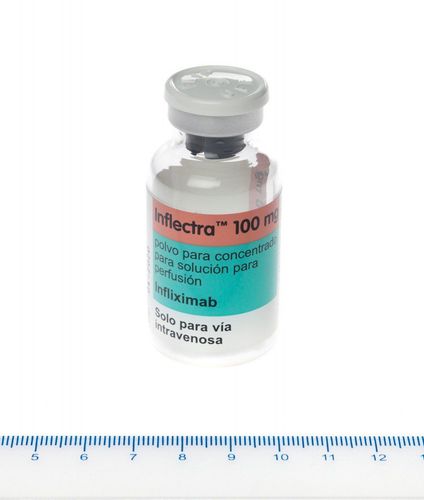This is an automatically translated article.
The rate of Vietnamese people suffering from intestinal diseases is quite high. However, fear and fear of going to the hospital are the main reasons for the worsening of the disease. Early detection and monitoring of skin diseases caused by the intestinal tract is essential to help protect everyone's health.1. Function of the digestive system
The gastrointestinal tract is part of the digestive system. The structure of the digestive tract consists of a series of hollow organs participating in the long spiral tube from the mouth to the anus, specifically:
Mouth; Esophagus; Stomach; Small intestine; large intestine (colon and rectum); Anus. The main purpose of the digestive system is to break down food into nutrients that can be absorbed by your body. This will provide energy for the body to function.
Food entering the mouth will have to be mechanically processed (chewed) and moistened. Digestion takes place mainly in the stomach and small intestine, where proteins, fats, and carbohydrates are chemically broken down into smaller components. Those smaller molecules will continue to be absorbed through the epithelium of the small intestine into the bloodstream. They then enter the cycle.
The large intestine plays a major role in the reabsorption of excess water. Finally, undigested substances and excretory waste products are eliminated from the body through defecation (faeces).
Intestinal disease is when there is a problem in one of these stages. That is, the functions of the gastrointestinal tract are often not carried out successfully.
Patients in these cases may present with symptoms of abdominal pain, nausea, vomiting, diarrhea, malabsorption, constipation or obstruction. It can even show signs on the skin and mucous membranes. For example: jaundice, yellow eyes, blue skin and pale mucous membranes.
The main causes of gastrointestinal diseases include:
Unbalanced diet; Or get stressed , stressed ; Elderly; Pollution in living environment; Poor resistance; Unscientific lifestyle (eg: little exercise, sleeping late, not resting properly,...).

Chế độ ăn uống có thể gây ra một số bệnh đường ruột
2. Some manifestations of skin diseases caused by intestinal tract
Intestinal rosacea Erythema causes soft, reddish lumps, often on your shins, that can look like bruises. It can start with flu-like symptoms such as fever and aches. This is the most common skin problem related to gut disease and your immune system's response to gut bacteria. The bumps tend to pop up during a flare-up and go away with treatment. To ease the pain, elevate your leg and apply a cool compress. Pain relievers such as Ibuprofen or Naproxen may also be helpful.
Pyoderma gangrene This is the next most common skin problem for people with intestinal disease . It starts with a small, red bump, usually on the leg or near where you had surgery. Within hours or days, it develops into a large, painful sore or sore. Doctors aren't sure of the cause. It can be difficult to treat. The most common treatment is taking a daily steroid along with wound care and the medications you put on your skin.
Skin fissures Intestinal disease can cause small tears in the skin around your anus. They can cause blood in the stool and pain during bowel movements. Most wounds heal on their own, but warm baths and ointments can ease the pain or itching. If the fissure doesn't go away on its own, your doctor may prescribe medication to help relax the muscles in that area, helping the tear to heal.
Pimples Some medications for bowel diseases can cause side effects. Steroids can cause severe acne and puffy faces. Other side effects of these medications can include stretch marks, thinning skin, swollen ankles, and slow wound healing.
Psoriasis This is a disease that can cause red, dry, scaly, itchy and painful skin. Researchers aren't clear on how it's linked to bowel disease, but people with Crohn's disease are eight times more likely to develop psoriasis. It could be a combination of genes and immune system that puts you at risk for both. You can treat it with creams, oral medications, or light therapy.
A fistula It's a small tunnel between your intestines and skin, usually from your rectum to your vagina, bladder, or buttocks. It can leak waste or pus and cause pain and swelling. Depending on its location and how bad it is, you may need medication or surgery.
Mouth sores Mouth sores can appear during a flare-up of an intestinal disease or as a side effect of medications used for the condition. They can cause discomfort when eating acidic, spicy, or hot foods. The sores will go away when you treat the gastrointestinal disease. Special mouthwashes can also help clear up sores.
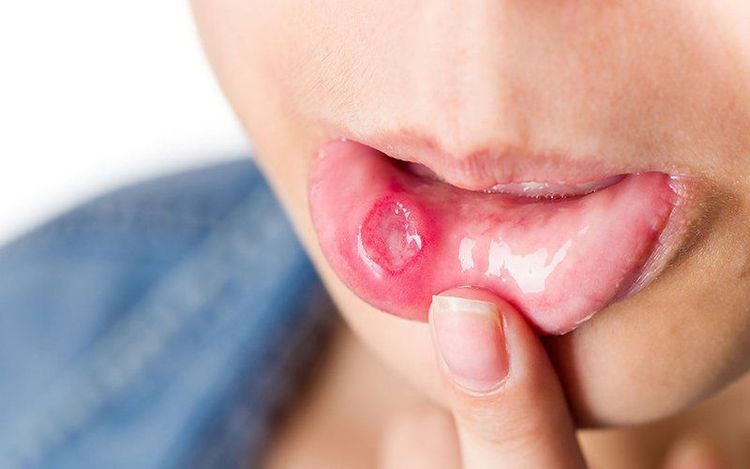
Các vết loét ở miệng là một trong các bệnh da do đường ruột gây ra
Enterocolitis If intestinal disease leads to persistent diarrhea, you may lose zinc in your stool. This can cause enterocolitis, a disorder that causes an exfoliative rash or blisters often on the hands, feet, face, or genitals. Treatment is very simple, it is taking zinc supplements.
Stomatitis This is a rare condition and it affects people with ulcerative colitis. Like many skin problems associated with intestinal disease, researchers believe it is caused by problems with the immune system. Vegetarians suffer from dermatitis that results in blisters or patches around the groin and under the arms, which become darker as they heal.
Allergic Capillary Inflammation Capillaries can be caused by the immune problems that accompany intestinal disease. It looks like raised red spots on your legs. Sometimes they itch or hurt. If severe, they can turn into open sores or large blisters. Vasculitis usually goes away with treatment for intestinal disease.
Vitiligo Vitiligo causes your skin to lose color into spots. It's slightly more common in people with bowel disease, possibly due to a genetic link or the immune system. Treatment with medications, creams, and light therapy.
Larger fingertips With this condition, the skin under your fingernails is thicker, causing the fingertips to widen and the nail to curve around. If you have bowel disease, you're more likely to develop enlarged fingers, perhaps due to certain blood chemicals. There is no cure, but managing your gut symptoms can help the disease progress better.
Hypersensitivity of the skin and mucous membranes If you have had Crohn's disease for many years, you are more likely to develop this disorder. It causes blisters on your knees, elbows, hands, and feet. It can be caused by ongoing inflammation in your intestines. Steroids and other medications can treat dermatitis epidermolysis, but you should also avoid contact with sports or anything that could harm the skin.
Sweet syndrome It starts with a fever and small red bumps that appear quickly on your arms, neck, head or torso. The swelling develops into a painful rash. Doctors don't know exactly why, but Sweet's syndrome may appear in response to intestinal disease. You can treat it with steroids, either in pill or cream form, but Sweet's syndrome will come back.
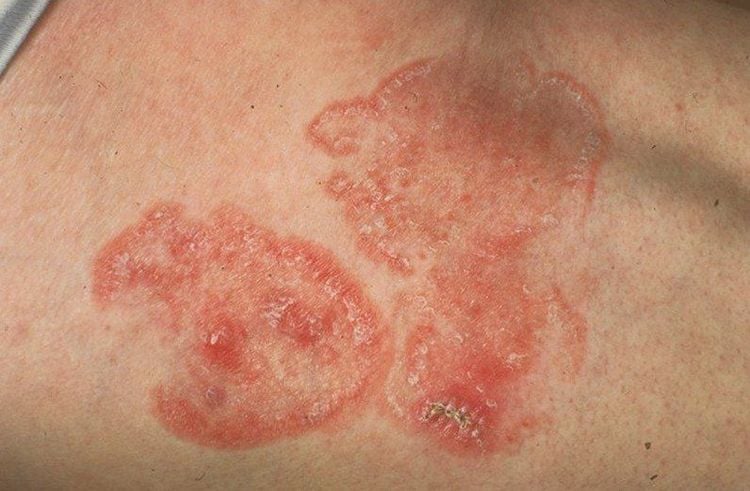
Bệnh da do đường ruột gây ra có thể nhắc tới hội chứng sweet
In summary, the skin and the gastrointestinal tract can simultaneously contract diseases caused by the same agent. Therefore, if you have intestinal diseases such as colitis, Crohn's ... then there is a possibility of skin diseases. Therefore, go to a medical facility to treat digestive diseases to prevent skin-related symptoms.
Please dial HOTLINE for more information or register for an appointment HERE. Download MyVinmec app to make appointments faster and to manage your bookings easily.
Reference source: webmd.com




